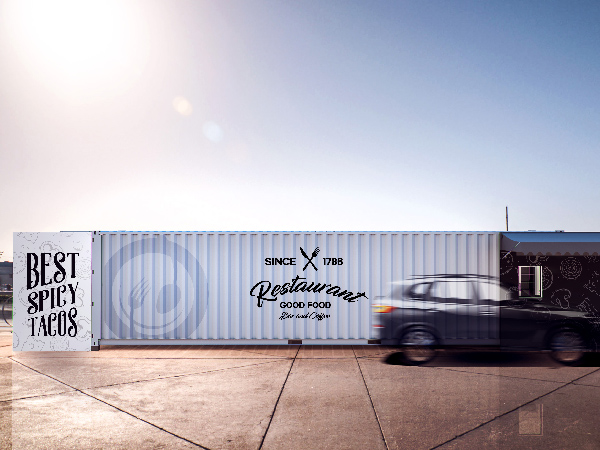Restaurant or Bar Dream? Make Your Move
by David Klemt

If your dream is to open a restaurant, bar or nightclub, you’re not doing yourself any favors by waiting to make it a reality.
The same goes for starting up any other type of hospitality business.
We’re in uncharted territory and things seem unstable. But waiting to move forward with your concept is setting you back.
Industry Challenges
We can all agree that the destruction wrought upon the hospitality industry in 2020 continues to be felt today.
Tens of thousands of business closures. Millions of jobs and hundreds of billions of dollars in revenue lost.
Some experts say the veteran operators and workers won’t be back. The financial damage and psychological trauma will drive them out of the industry. Others disagree, myself included, saying those operators won’t stay down for long. This industry works its way into people’s blood.
The pandemic is responsible for the permanent or long-term closure of nearly 20 percent of restaurants in America. Most of the restaurants lost were well-established operations. The industry is down 2.5 million jobs that it will take years to recover.
Since March of last year, Canada has seen the closure of 10,000 restaurants. The country is facing the loss of 800,000 industry jobs.
Waiting to open a restaurant or bar, therefore, seems to make sense. Only no, it doesn’t.
Don’t Wait
Time is rarely on anyone’s side. And I’m not the first to say that perfection is an illusion. Our industry would be a fraction of what it is if people chose to wait for the “perfect time” to open.
That doesn’t mean it’s great to throw caution—and hundreds of thousands of dollars—to the wind.
Rather, those with a vision for a business in this industry owe it to themselves to move forward.
Let me put it this way: If you have an idea but you’re waiting for “the right time,” you’re already behind.
Forward Progress
The key is being strategic, making calculated decisions.
There are operators who successfully opened new concepts in the midst of the pandemic. We’re going to see new entrants in this industry this year as well. Will you be among them?
Maybe you’re not ready to break ground or sign a lease. Perhaps you’re not ready to send in a crew to renovate a space.
However, there are crucial moves you can make so that when you’re ready ready, you can move quickly. Think agility.
Will you be applying for a grant to fund part of your business? Complete the paperwork and submit it now.
Do you need a consultant? Do your research now and schedule those conversations.
You need demographic, feasibility and other studies done. Will you do them? Will you retain the services of an industry researcher?
If you’re not yet ready, take meaningful steps today because your future competitors are making their moves. It takes longer than you think for each crucial step to be completed, and there are dozens.
Your concept won’t become a reality if it only lives in your head. Don’t watch your opportunity to thrive in this industry pass you by.
Image: Kei Scampa from Pexels

